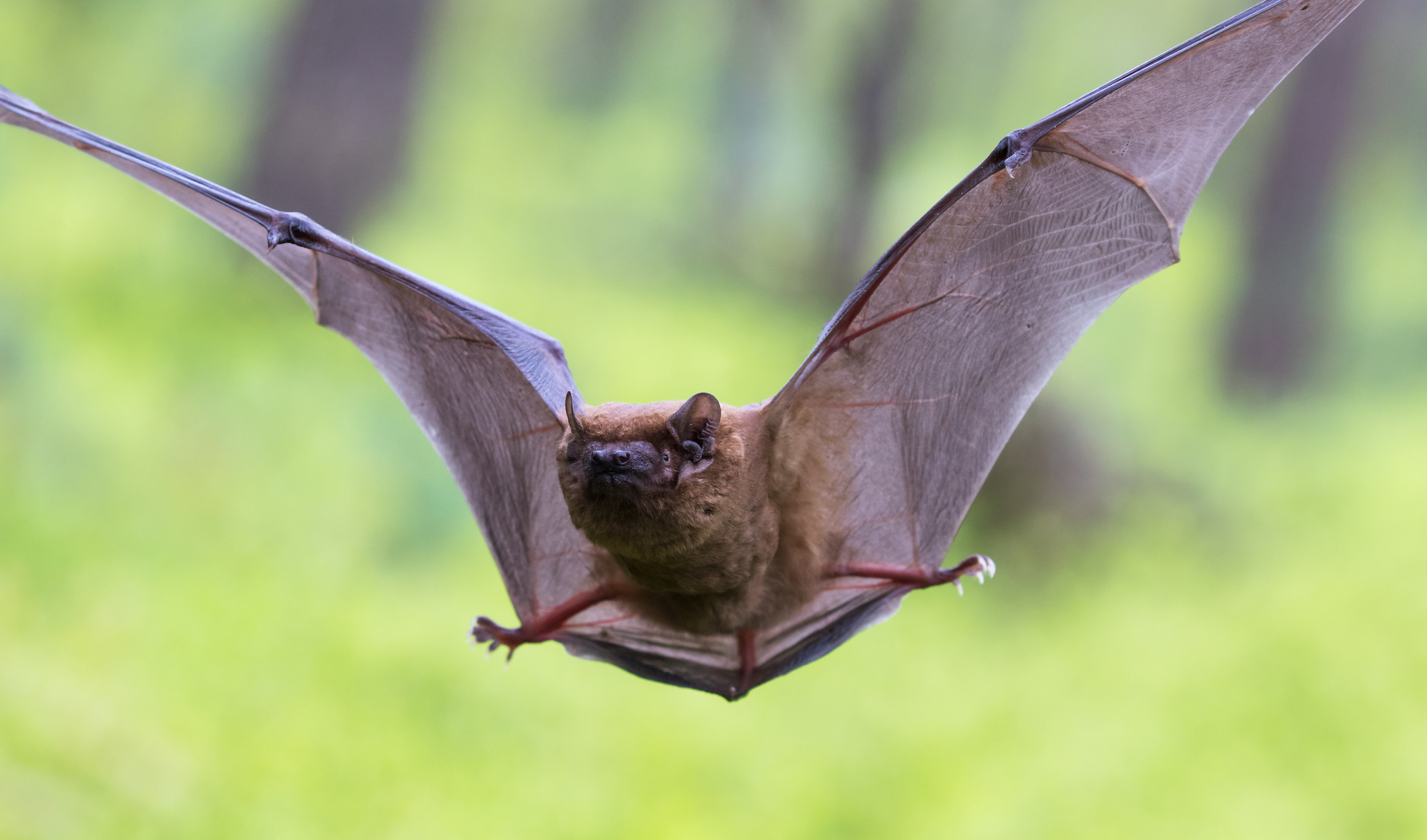
Some predators find food by learning from other species
Predators may be able to learn where prey can be found by observing others outside their species, according to a new study.
Researchers from the Smithsonian Tropical Research Institute (STRI) in Panama conducted the research with bats to see if individuals from different species learned from one another.
“We wanted to know if bats learn to recognize new foods from members of another bat species as quickly as they learn from their own species,” said Krista Patriquin, the study’s first author. “It turns out they do.”
The innovative study gives a possible explanation for why bats are so resilient and widespread. Their ability to find prey based on other bat species could help them adapt when traditional sources of prey are scarce.
“This tells us how bats may cope with changes in food availability resulting from environmental changes and helps to explain how bats have become such successful and widespread mammals,” said Patriquin.
For the study, the researchers taught several fringe-lipped bats, Trachops cirrhosus, to associate a computer generated tone with a food reward of bait fish.
“We previously taught the fringed-lipped bats to identify a frog call with the same food reward,” said Rachel Page. “It took them longer to recognize this artificially generated sound as a signal for food, presumably because it was not a sound that was familiar to them.”
Once the bats knew that the tone meant prey, the researchers tested to see if other bats unfamiliar with the tone could learn from those in their same species.
The researchers then wanted to see if fringe-lipped bats could learn to identify a tone with prey from another species, the white-throated, round-eared bat, Lophostoma silvicolum.
The results showed that the bats could quickly pick up on the cues from other bats of different species.
The study shows how in critical situations where food is scarce, bats could use social learning skills and take cues outside their species to adapt and find new sources of prey.
“These are highly intelligent bats!” said Jenna Kohles, an STRI intern when the study was done. “We’ve gained exciting insights into how not just one species may adapt to environmental changes and new food resources, but how whole communities of animals occupying similar ecological niches may adapt together as information and innovation spreads from one species to another.”
—
By Kay Vandette, Earth.com Staff Writer













